Cotula L.
waterbuttons, brass-buttons, watergrass, stagger weed, slender buttons
Asteraceae
Cadiscus, Eriocaulon (to C. myriophylloides)
southern Africa, Australia
Cotula coronopifolia L.
Cotula coronopifolia is introduced to Europe, North and South America.
not weedy
emergentemergent:
(adj) (syn. emersed) with parts raised out of the water; extending up out of the water
 herb, creeping to decumbentdecumbent:
herb, creeping to decumbentdecumbent:
(adj) (of stems) having a portion lying along the ground, with upper parts erect or ascending
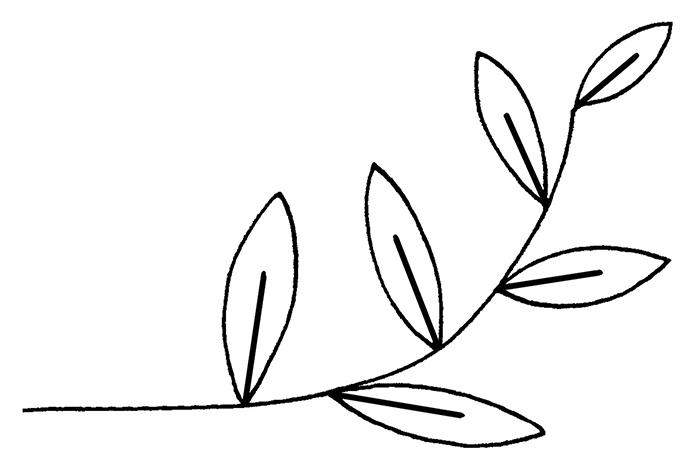 or erect
or erect
Perennialperennial:
(adj) (of a plant) having a life cycle of more than two years
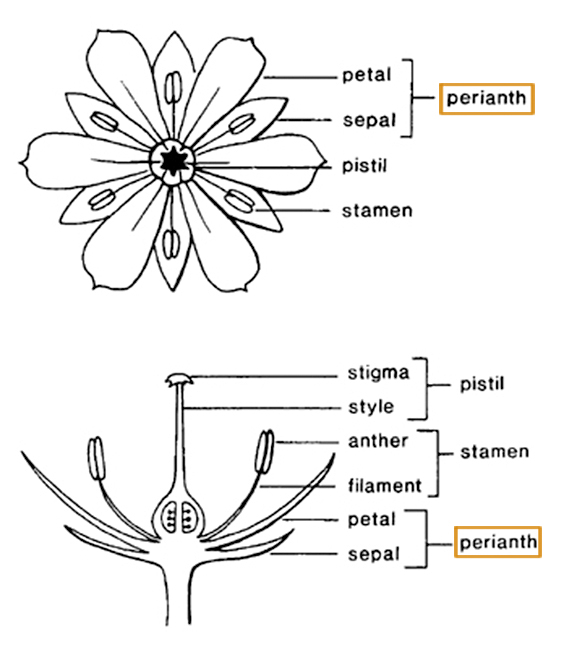 , rooting at lower nodes. Leaves al ternateternate:
, rooting at lower nodes. Leaves al ternateternate:
(adj) in threes
 ; sessilesessile:
; sessilesessile:
(adj) attached directly, without a stalk
 , stem-clasping with a sheathing base; leaf bladeblade:
, stem-clasping with a sheathing base; leaf bladeblade:
(n) (syn. lamina) the flat, expanded part of a leaf, frond, or petal (excluding, e.g., the petiole)
 thickened, linear, ellipticelliptical:
thickened, linear, ellipticelliptical:
(adj) in the form of an ellipse (oval)
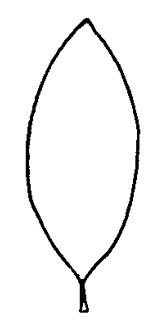 to ovateovate:
to ovateovate:
(adj) egg-shaped in outline; generally with the broad end at or near the base
 , variably dissecteddissected:
, variably dissecteddissected:
(adj) (of leaves) +/- deeply divided, cut, or lobed, including being compound
 , faces glandgland:
, faces glandgland:
(n) a secreting cell or group of cells on the surface of a plant structure
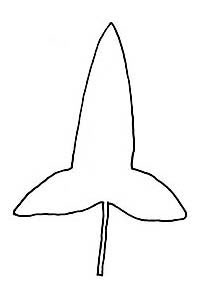 -dotted; venationvenation:
-dotted; venationvenation:
(n) the arrangement of veins in a leaf
 typically obscure or midribmidrib:
typically obscure or midribmidrib:
(n) the main or central vein, line or rib in a leaf or perianth segment
 . Inflorescenceinflorescence:
. Inflorescenceinflorescence:
(n) the arrangement of flowers on the floral axis
 axillary heads, pedunculatepedunculate:
axillary heads, pedunculatepedunculate:
(adj) borne on or possessing a peduncle
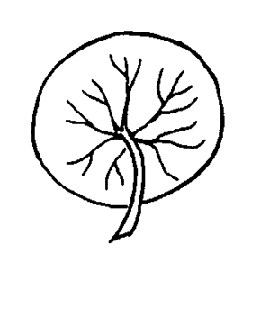 ; phyllariesphyllary:
; phyllariesphyllary:
(n) an individual bract of the involucre in Asteracea flower heads
in 2-3 rows, subequal. Ray florets female, absent or reduced, white if present; disk florets bisexualbisexual:
(adj) having both male and female sexual reproductive structures on one individual or in one flower
 , corollacorolla:
, corollacorolla:
(n) the inner whorl(s) of the perianth; all the petals of a flower
 tubulartubular:
tubulartubular:
(adj) (of a corolla, perianth, calyx tube or other structure) (1) tube-shaped; cylindrical: narrow and elongate with more or less straight sides; (2) having segments fused into a tube (of any shape)
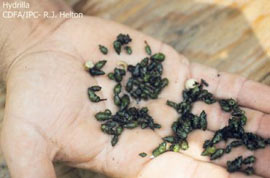 , 4-lobed, yellow. Cypselacypsela:
, 4-lobed, yellow. Cypselacypsela:
(n) fruit typical of the Asteraceae, it develops from an inferior ovary and includes noncarpellary tissue (similar to an achene)
 of ray floretray floret:
of ray floretray floret:
(n) a pistillate or sterile zygomorphic flower with a flat part of its corolla (ray), found in the inflorescence (head) of many plants in the Asteraceae
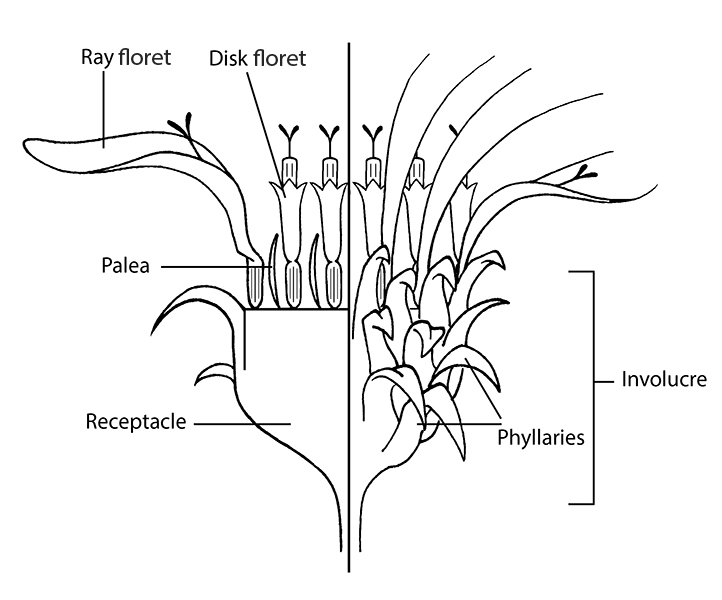 winged, papillate; inner floretfloret:
winged, papillate; inner floretfloret:
(n) one of the small individual flowers within a dense cluster of flowers, as in a compound inflorescence and in grass spikelets
 wings absent or narrow, without papillaepapilla:
wings absent or narrow, without papillaepapilla:
(n) (pl. papillae) a short, nipple-like protuberance
.
still or slowly moving saline, brackish or fresh water; marshes, along streams, mud flats
A genus of about 60 species, the most commonly encountered amphibiousamphibious:
(adj) of a plant able to live on land or in water
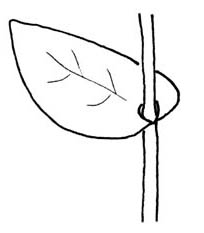 species being Cotula coronopifolia. There is only one obligately aquatic species, C. myriophylloides Harv., which has oppositeopposite:
species being Cotula coronopifolia. There is only one obligately aquatic species, C. myriophylloides Harv., which has oppositeopposite:
(adj) (of leaves) two leaves per node; in pairs on opposite sides of an axis
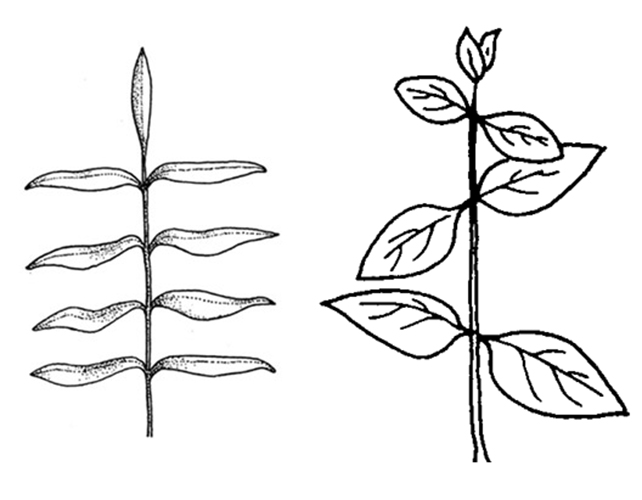 -whorled leaves, divided into capillarycapillary:
-whorled leaves, divided into capillarycapillary:
(adj) slender, hair-like
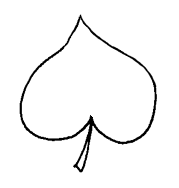 segments.C. nigellifolia (DC.) K.Bremer & Humphries, a hydrophyte endemicendemic:
segments.C. nigellifolia (DC.) K.Bremer & Humphries, a hydrophyte endemicendemic:
(adj) restricted to a certain geographical location
 to South Africa, is toxic and affects the central nervous system in cattle, causing encephalitis. The following species are tenagophytes (juvenile stage submergedsubmerged:
to South Africa, is toxic and affects the central nervous system in cattle, causing encephalitis. The following species are tenagophytes (juvenile stage submergedsubmerged:
(adj) (syn. submersed) under water; submerged below the water surface
 or floating, adult stage terrestrialterrestrial:
or floating, adult stage terrestrialterrestrial:
(adj) growing on land as opposed to living in water
 ): C. vulgaris var. australasica J.H.Willis, C. paludosa Hilliard and C. filifolia Thunb.
): C. vulgaris var. australasica J.H.Willis, C. paludosa Hilliard and C. filifolia Thunb.